Mystery Solved: Why some galaxies appear darker on one half
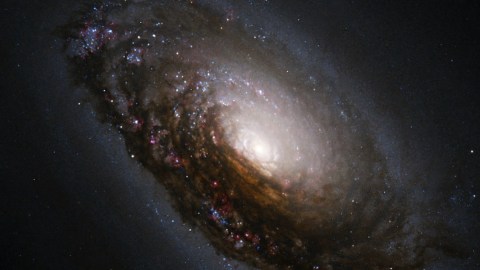
Does your galaxy have a black eye? It’s not because of violence, I promise!
“He ate and drank the precious Words,
his Spirit grew robust;
He knew no more that he was poor,
nor that his frame was Dust.” –Emily Dickinson
Spiral galaxies are some of the grandest sights in the entire Universe, with billions of stars arranged along glorious, grand spiral arms.
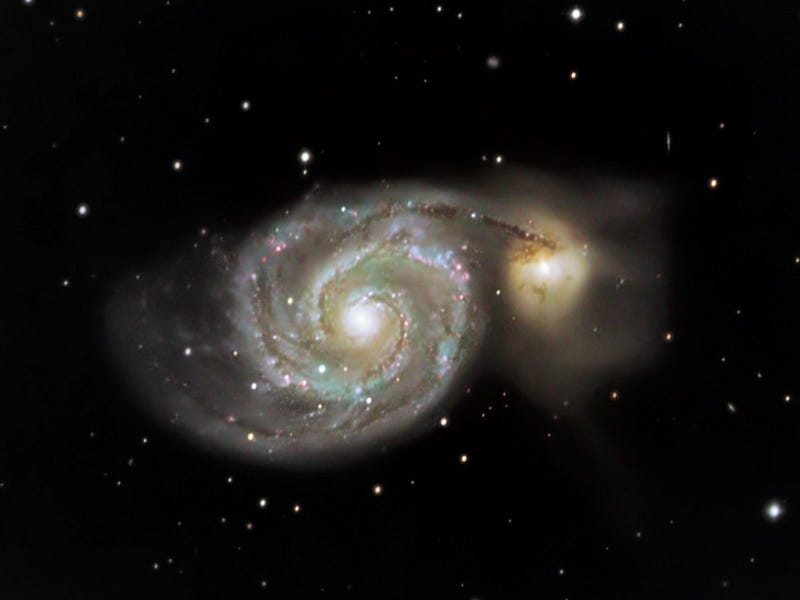
When viewed face-on, galaxies appear to be relatively uniform, with new stars forming in the arms and dust lanes located all along them.
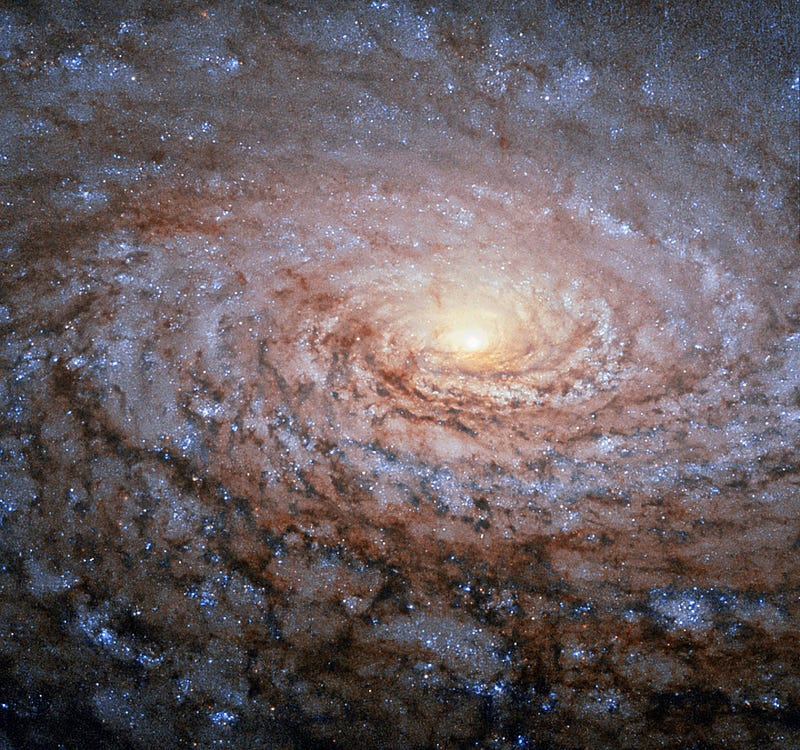
But if a galaxy is tilted relative to us, one half inevitably appears darker and dustier than the other.
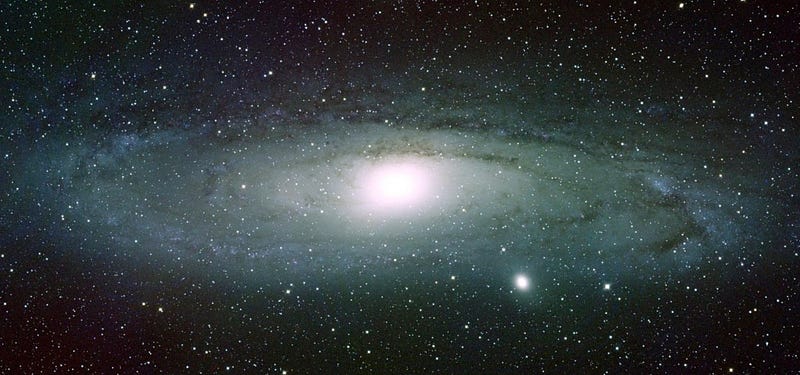
For many years, scientists wondered if this were actually the case, or if there were some trick occurring.
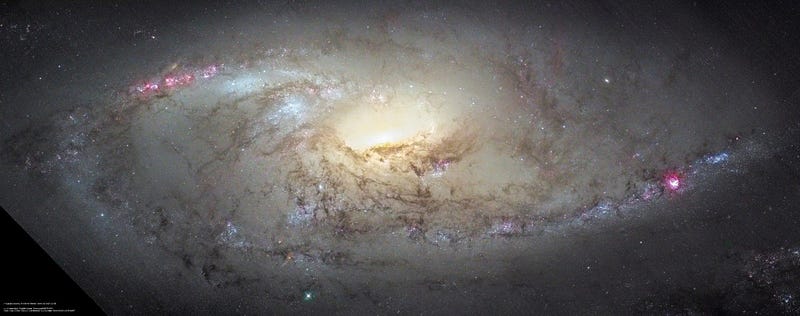
The key is revealed by looking at an edge-on galaxy.
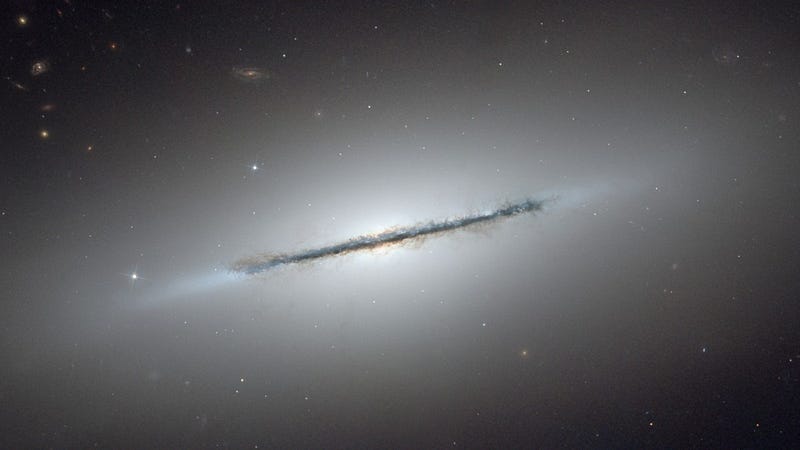
Relative to where the stars are, the dust lane is narrow, and bisects the galactic plane.
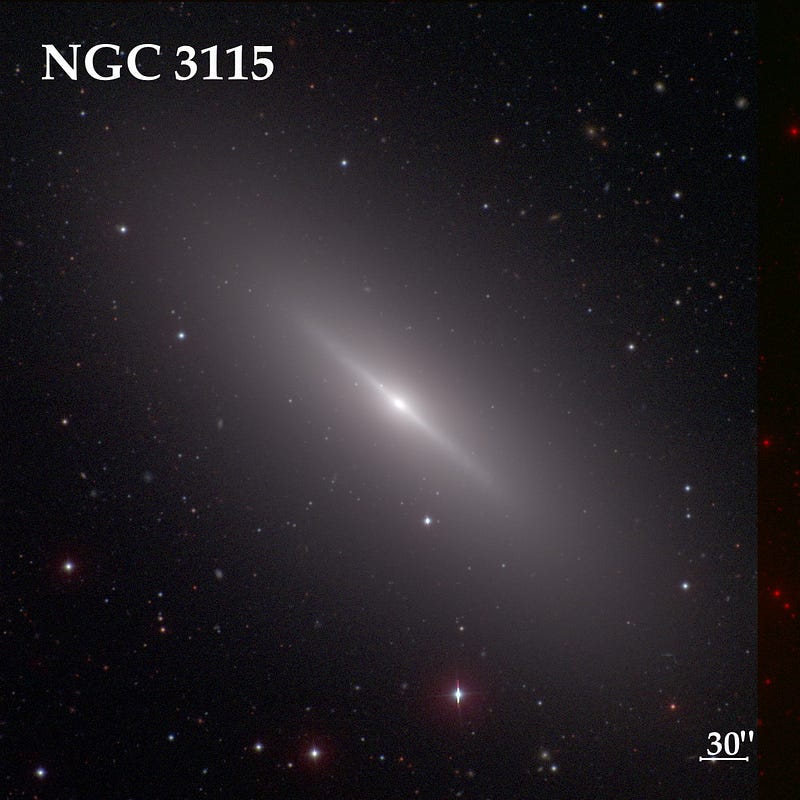
In addition, the stars are more densely packed towards the galactic center, rather than the outskirts.
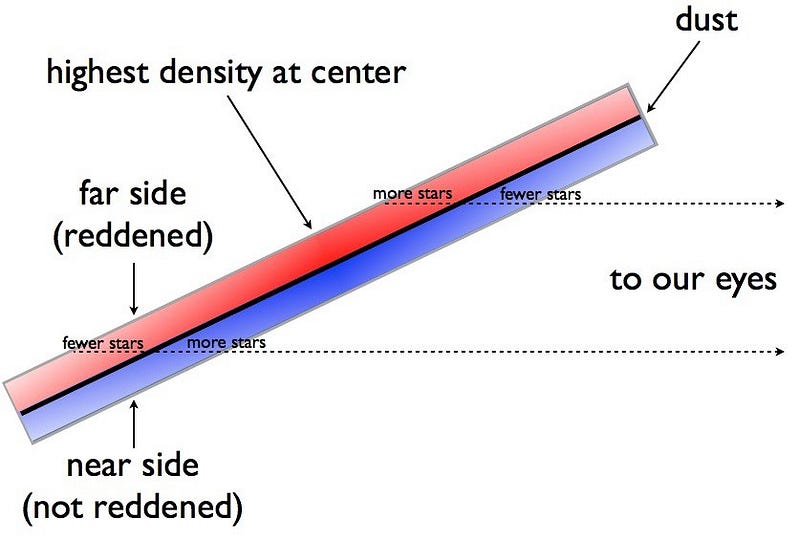
From our point-of-view, this means more stars are visible in front of the duston one half, while more stars are visible behind the dust on the other half.
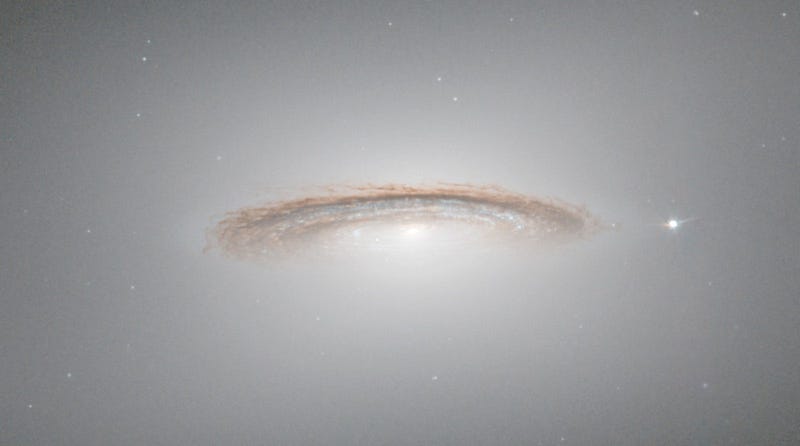
This results in one side appearing dustier, as the light from the stars behind the dust are obscured.

This can render the dusty side redder, as blue wavelength light shining through the dust is scattered away almost completely.
Mostly Mute Monday tells the story of a single astronomical phenomenon or object primarily in visuals, with no more than 200 words of text.
This post first appeared at Forbes, and is brought to you ad-free by our Patreon supporters. Comment on our forum, & buy our first book: Beyond The Galaxy!





